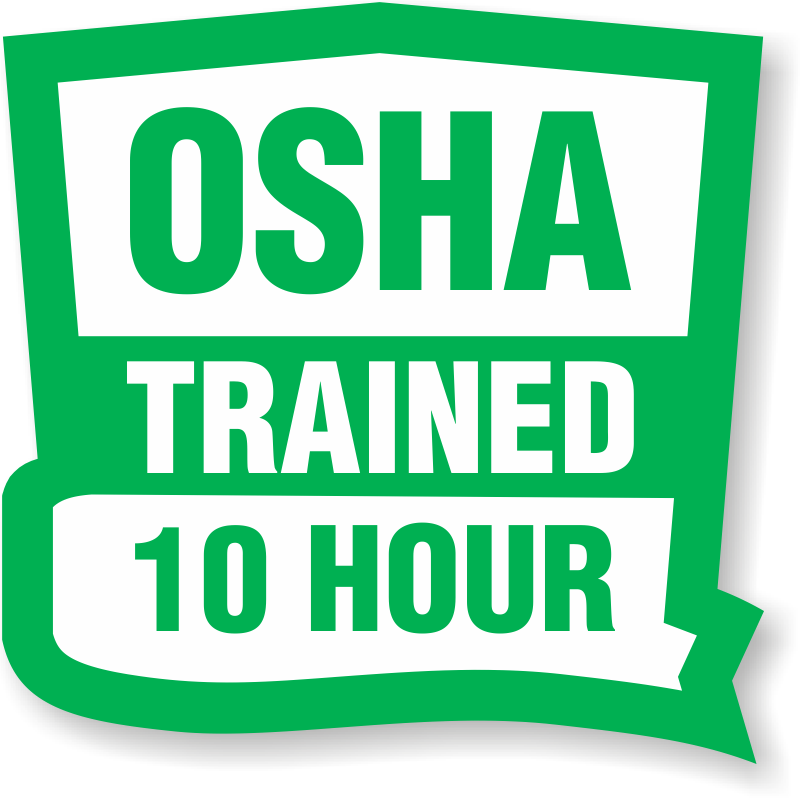

This web page focuses on worker fatigue and includes information about the impact of demanding work schedules and measures workers and employers can take to prevent worker fatigue and fatigue-related injuries and illnesses by providing or participating in education, training and fatigue management programs.

It is important to recognize the symptoms of worker fatigue and its potential impact on each worker's safety and health and on the safety of co-workers. Studies show that long work hours can result in increased levels of stress, poor eating habits, lack of physical activity and illness. Long work hours may increase the risk of injuries and accidents and can contribute to poor health and worker fatigue. They may work extended shifts (more than 8 hours long), rotating or irregular shifts, or consecutive shifts resulting in more than the typical 40-hour work week. Shift workers may be scheduled to work days, evenings, nights and/or on a rotating or on-call basis.

Work schedules like these may cause worker fatigue.
OSHA STANDS FOR 10 HOUR DAY FULL
Many American workers spend over 40 hours a week at work and almost 15 million work full time on evening, night, rotating or other irregular shifts. There are 10- and 30-hour outreach classes for construction, general industry and maritime and 16-hour classes for disaster site workers.Long work hours and irregular work shifts are common in our society.
OSHA STANDS FOR 10 HOUR DAY HOW TO
The Outreach Training Program, a voluntary participation information resource, is part of OSHA’s Directorate of Training and Education, comprises a national network of more than 17,000 independent trainers who teach workers and employers about OSHA, workers’ rights and how to identify, avoid and prevent workplace hazards. Trainers may, however, submit written requests for exceptions to limiting training days to 7-and-a-half hours based on extenuating circumstances. In such cases trainers will not receive completion cards to distribute to students. OSHA will not recognize training classes that exceed 7-and-a-half hours per day or do not meet all program content requirements.

This policy change is effective immediately and will be reflected in the next revision of the Outreach Training Program Guidelines. “Limiting daily class hours will help ensure that workers receive and retain quality safety training,” said Assistant Secretary of Labor for OSHA David Michaels. The agency also set up an outreach fraud hotline at 84 to which the public can call to file complaints about program fraud and abuse. To address these issues, the agency now requires OSHA outreach trainers to conduct 10-hour courses over a minimum of 2 days and 30-hour courses over at least 4 days. This concern became evident after OSHA conducted random records audits and unannounced monitoring visits. The agency also was concerned that, in some cases, 1- and 3-day training classes were not meeting 10- and 30-hour program time requirements. OSHA became concerned that long, mentally fatiguing class days might cause students to miss essential safety and health training. With 10 hours of training, along with necessary breaks and lunch, students could sit in classes for up to 13 hours a day. Prior to this change, there were no limitations on how long these classes could last each day. The revised program policy now requires OSHA trainers to limit worker training classes to a maximum of 7-and-a-half hours per day.


 0 kommentar(er)
0 kommentar(er)
